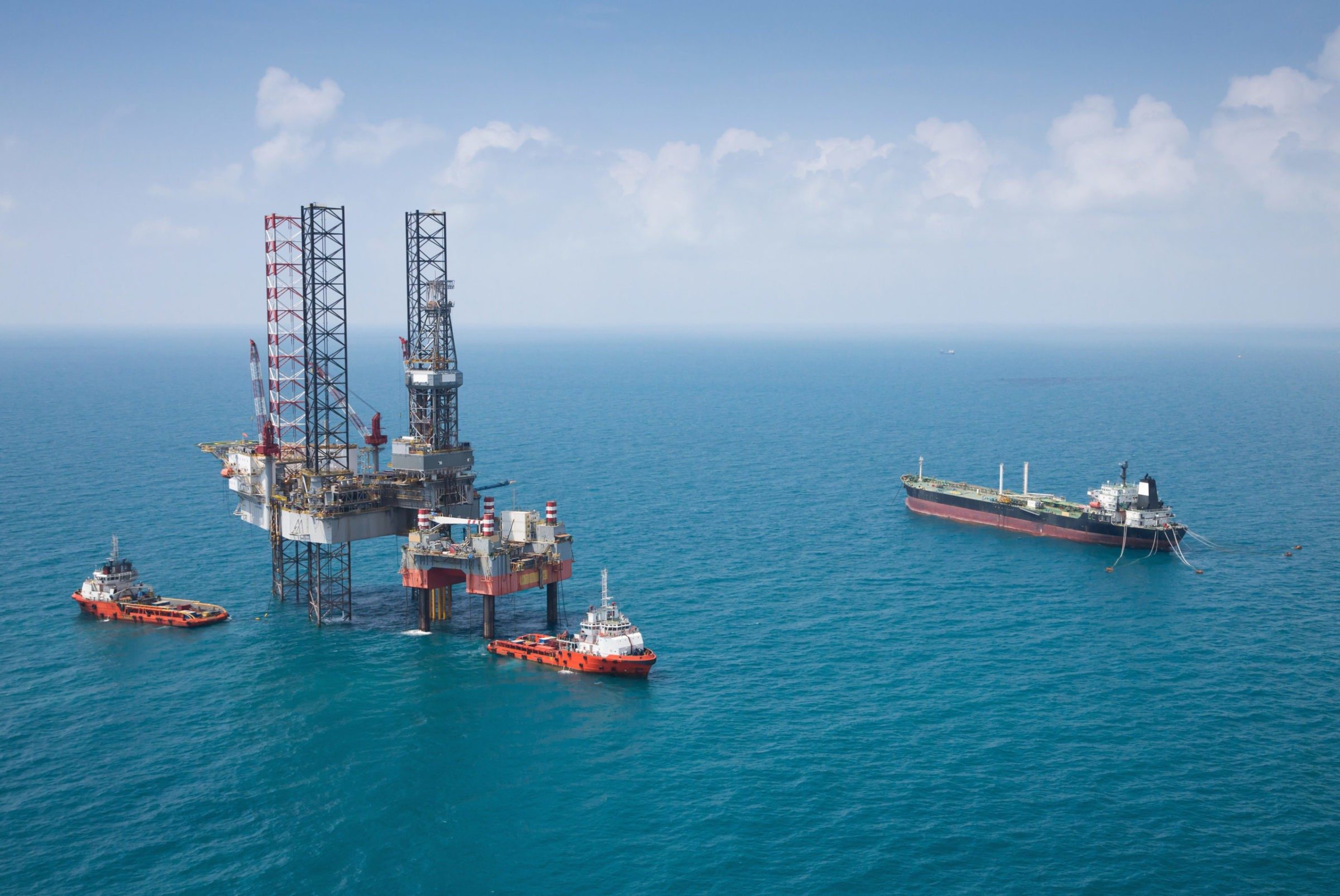Feature Stories

INSEE Ecocycle leads the way in offshore oil rig decommissioning
While the world is increasingly moving towards renewable energy, oil and gas remain vital sources of energy for the global economy. Aside from fuel, oil is also used to make numerous important products.
Many of the world’s oil extraction assets, however, are aging and becoming less productive. In Southeast Asia alone, over 200 offshore fields are expected to stop producing by 2030. When aging oil extraction assets become unproductive, they must be decommissioned.
Thailand’s waters are home to over 450 offshore platforms, according to the Ministry of Energy’s Department of Mineral Fuels. Most of these are quite new, with only about 80 of them having been in operation for more than 20 years.
While the majority of Thailand’s offshore platforms are still in the relatively early stages of use, many of the older ones will soon need to be decommissioned. It is important that this capability be built up in Thailand and across the region. Safely decommissioning platforms is a significant challenge requiring many critical engineering competencies – with mercury decontamination being foremost among them.
As of now, there is only one service provider in Thailand that has proven itself to be up to the task.
INSEE Ecocycle proves that safe decontamination and decommissioning capability can be developed within the region
In 2018, INSEE Ecocycle played a significant role in safely and successfully decommissioning four offshore oil rig platform topsides. This was the first time such a project was conducted in Thailand.
The goal was to assess, identify, segregate, and decontaminate all parts that had traces of mecury, rendering the cleaned materials safe for recycling.
A closer look at the process
At the inspection stage, INSEE personnel conducted thorough checks with hand-held instruments that measure contaminants and mercury vapor concentrations.
Once the contaminated parts were identified, the mercury content was further measured by x-ray fluorescence, and samples were collected for the mercury analyzer.
Contaminated parts were moved to the decontamination zone, while non-contaminated parts were separated for recycling.
Contaminated materials were cleaned with high-pressure jetting, chemical soaking and circulation until they reached the target of less than 20 parts per million of mercury content. This process was carefully monitored on-site and a third-party laboratory provided final confirmation that the materials were safe for metal recycling.
Workers donned full personal protective equipment and mercury exposure detectors to ensure their safety. Moreover, the ambient air was monitored in areas surrounding the decontamination work zone to ensure safety.
As the whole decontamination zone was a closed working area, the ambient air and the exit gas from the scrubber units were monitored every two hours. The space was also vented, and the exhaust air was passed through a scrubbing unit prior to release.
Every step of the process – from initial inspection and measurements, to segregation of contaminated parts, to cleaning, to final measurements and confirmation – was carefully planned out and executed to ensure safety, proper environmental management, and regulatory compliance.
"INSEE Ecocycle proves that safe decontamination and decommissioning capability can be developed within the region"
A reliable future partner
The resounding success of this project demonstrates that high-level competency and expertise can indeed be homegrown within the region. INSEE Ecocycle has proven that it can provide the specialist services to decontaminate and decommission offshore assets for major international oil companies in Thailand and across the region.




